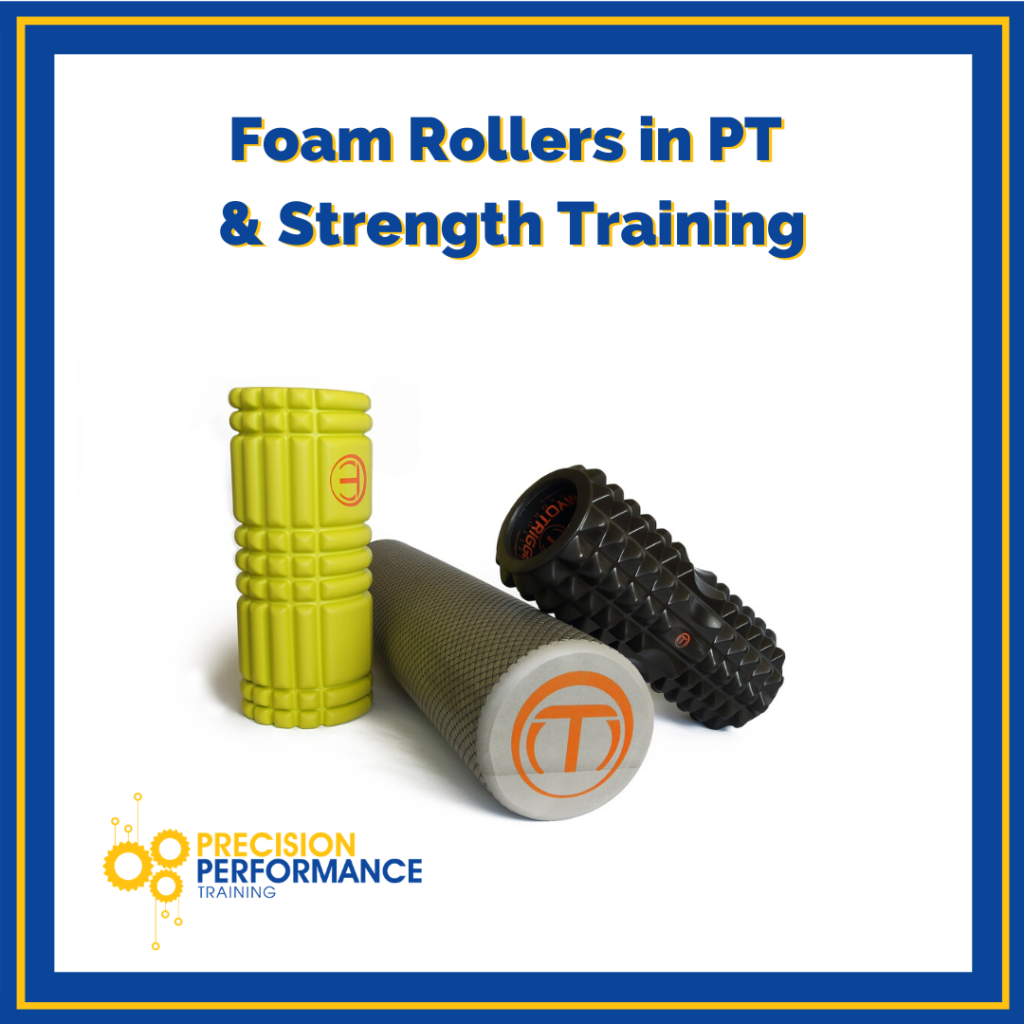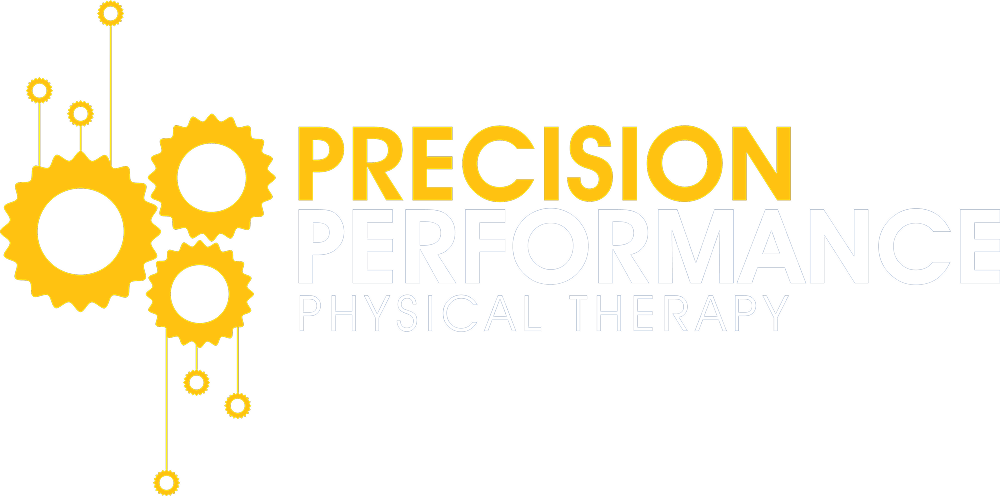The Benefits and Shortcomings of Foam Rolling as Physical Therapy

Walk into a gym, and you’re likely to see at least one person on the mats using a foam roller. Foam rolling is a type of myofascial release, meaning it is a method of self-massage that releases tension in the muscles, improving movement. It is also how many people warm up and cool down from workouts.
We decided to step back and look at the benefits, shortcomings, and proper methods of using a foam roller from a physical therapist’s perspective. In our review, we found that overall, good things can come from foam rolling as long as you or your client are doing it correctly. Before starting, you should answer these questions:
- What is your goal?
- What are you trying to achieve?
- What are you trying to change?
Know that foam rolling is not going to fix your injury. The tactic does not change your soft-tissue matrix or break down scar tissue. Foam rolling generally just makes the muscles more pliable and increases range-of-motion. After answering those initial questions, you should understand:
When Should You Use a Foam Roller?
Pre- and post-workout are the best times to use a foam roller. Most people aren’t aware that using a foam roller before a workout is a great way to improve circulation before an activity. In terms of post-workout, if you are someone who works out numerous days in a row, naturally, you’re going to get some delayed onset muscle soreness. Foam rolling after the workout can help decrease soreness. While it may not drastically improve your performance, it can mitigate some of the negative effects that occur when working out on consecutive days.
Foam rolling contributes to a sense of calmness after a workout session. Hopping on a roller for a minute or two and incorporating some diaphragmatic breathing is a great way to recenter after a tough session.
How Much Time Should I Spend on the Roller?
You need to find a happy medium with foam rolling. While 15 minutes is too long, 15 seconds isn’t enough time. It’s important to know when you’ve reached the maximum benefit for the targeted area and to know when the “threat” is reduced so you can let your body adjust to the new range-of-motion. In general, spending two minutes rolling out a certain muscle is the best practice.
If you’re someone who has been trying to treat muscle pain with foam rolling for three weeks or more and there’s no noticeable appreciable change, you should be seeking other treatment.
When Should Strength Trainers Prescribe Foam Rolling?
Strength coaches should not be prescribing foam rolling to treat an injury. Foam rolling should mostly be prescribed as a warm-up for athletes before rehab or a training session. For people new to foam rolling, a trainer should show them how to do it and give them the resources and tools necessary to be successful when on their own. For injuries, strength coaches should always first talk to a physical therapist about treatments.
Conclusion:
When all is said and done, foam rolling is a great practice to add to your workout routine. Like anything else in the fitness realm, it’s crucial to know what you’re doing. Roll out when you feel like you need it, but don’t become reliant on it – use it in moderation. It’s as simple as that.
If you want to hear us discussing more on foam rollers and their efficacy in physical therapy, check out our podcast episode here: https://soundcloud.com/training_room_talk/episode-6-are-you-addicted-to-foam-rolling
